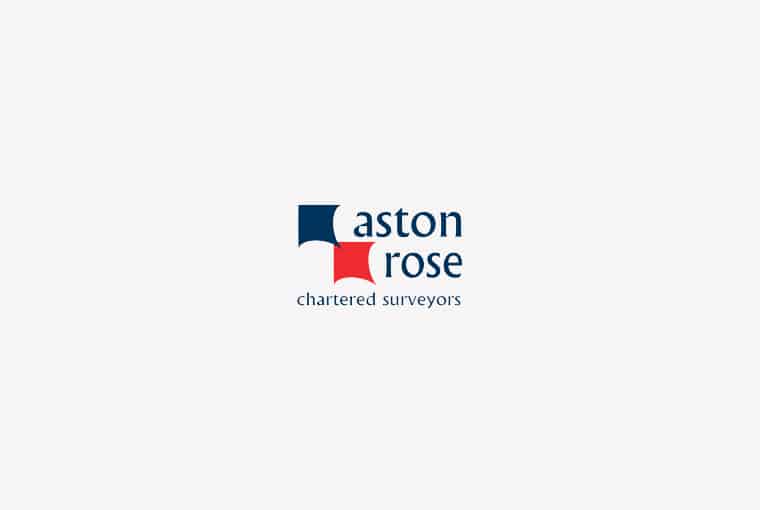22 Feb 2010
”What is a Good Tenant?”

COMMERCIAL PROPERTY VALUERS FACE ‘RISK-CONUNDRUM’ AS VOLUME OF OPEN MARKET TRANSACTIONS REMAIN LOW Commercial property valuers could face a ‘risk-conundrum’ when interpreting comparable analysis and compounding issues against a potentially weak benchmark while the pace in market transactions is low, says Duncan Preston, Director of Valuation at Aston Rose Chartered Surveyors. Preston believes the reported weight of money for investment into commercial property may put valuers under further pressure and scrutiny, at a time when reduced numbers of property transactions and a lack of surety about what constitutes a ‘good income tenant ‘is making comparables analysis increasingly difficult. Preston said: “If an owner has enough ‘good cover’ from a perceived strong tenant then properties are selling and seemingly getting some quite good prices. But without a good length of income cover, even with a perceived strong tenant, then the property still remains difficult to fund; the question arises: What is a perceived ‘good tenant’? “Valuers may think the tenant is perceived to be good, but we are not equipped to interrogate in detail a set of financial statements, instead we look at them to get a ‘feel’.” However Preston believes valuers do not have the extensive expertise to actually provide comment on covenant strength to that degree of analysis. He added: “Although it is part of the skill base within some of our client organisations. It is a difficult area and one where valuers might be under pressure. “This weight of money and the paucity of stock with good cover from a perceived strong tenant have led to rapidly rising prices. This scarcity factor may have over influenced the correct pricing structure and I am concerned that values may not actually be rising quite as rapidly as IPD have recorded them over the past few months. “It is amazing, and potentially dangerous in a fragile market, that we are experiencing scarcity, competition and potential overpayment which is now being used to support value. We need to consider carefully whether prices are sustainable at the moment. “Above all, valuation is about appraising and reflecting risk. The benchmark is set against a risk free investment, often taken as a 15 year government gilt, and to add on a property risk premium which has traditionally been at around 2%. “I question whether the risk premium should be higher as the lease length becomes shorter, the perceived good tenant maybe akin to chasing the Holy Grail, and rents in many places are probably lower than the market cares to accept. “We are in a new paradigm where we have short leases in the main so risk of cash-flow volatility is greater than it has been for some time and this impacts on valuation. Banks have to decide how much exposure they want to have both in terms of income cover and the loan to value ratio they want to expose themselves to; at the moment many are working to around 60%. And, as we shift from loans being interest only to lenders looking more closely at having a capital repayment element within the terms of the loan this is also shifting the balance and may have an impact on valuation. But Preston concludes: “It is having an imperfect market that provides great opportunity and when experience counts the true entrepreneurs will find a way to manage and use real estate to their advantage and we will see some people making themselves very rich as a result.”
Back